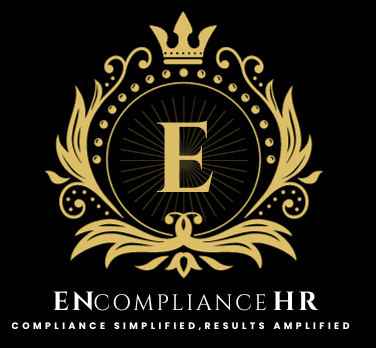Introduction: Navigating the complex landscape of statutory compliance is crucial for HR professionals to ensure the legal and ethical operation of their organizations. From labor laws to tax regulations, staying abreast of compliance requirements is paramount. In this blog post, we’ll delve into key strategies and best practices for mastering statutory compliance in your organization.
Understanding the Regulatory Environment: Before delving into specific compliance measures, it’s essential to have a solid grasp of the regulatory environment. This includes familiarizing yourself with federal, state, and local laws governing employment, taxation, workplace safety, and more. Regularly monitor updates and changes to ensure ongoing compliance.
Developing a Compliance Checklist: Create a comprehensive compliance checklist tailored to your organization’s specific needs. Include areas such as employment contracts, wage and hour laws, anti-discrimination regulations, health and safety standards, and data privacy laws. Regularly review and update the checklist to reflect changes in regulations or organizational requirements.
Training and Education: Invest in ongoing training and education for HR staff and managers to ensure they understand their compliance responsibilities. Offer workshops, seminars, or online courses covering relevant topics such as sexual harassment prevention, diversity and inclusion training, and updates on regulatory changes. Encourage employees to ask questions and seek clarification on compliance issues.
Establishing Clear Policies and Procedures: Develop clear and concise policies and procedures outlining compliance expectations for employees at all levels of the organization. Communicate these policies effectively through employee handbooks, training sessions, and internal communications channels. Ensure that employees understand the consequences of non-compliance and provide avenues for reporting concerns or violations.
Regular Audits and Assessments: Conduct regular audits and assessments of your organization’s compliance efforts to identify areas of strength and opportunities for improvement. Review documentation, processes, and practices to ensure alignment with regulatory requirements. Address any deficiencies promptly and implement corrective actions to mitigate risks.
Utilizing Technology Solutions: Explore technology solutions such as HR management software and compliance management systems to streamline compliance processes and documentation. These tools can help automate tasks, track compliance deadlines, and generate reports to demonstrate adherence to regulations. Choose solutions that align with your organization’s size, industry, and specific compliance needs.
Collaborating with Legal Experts: Engage legal experts specializing in employment law and regulatory compliance to provide guidance and support. Establish a collaborative relationship with legal counsel to address complex compliance issues, interpret regulatory changes, and mitigate legal risks effectively. Seek their input when developing policies, contracts, and compliance initiatives.
Conclusion: Mastering statutory compliance is an ongoing journey that requires dedication, diligence, and attention to detail. By understanding the regulatory environment, developing comprehensive compliance strategies, investing in training and education, and leveraging technology solutions and legal expertise, HR professionals can effectively navigate compliance challenges and uphold the integrity of their organizations. Stay proactive, stay informed, and prioritize compliance to ensure the long-term success and sustainability of your organization.

